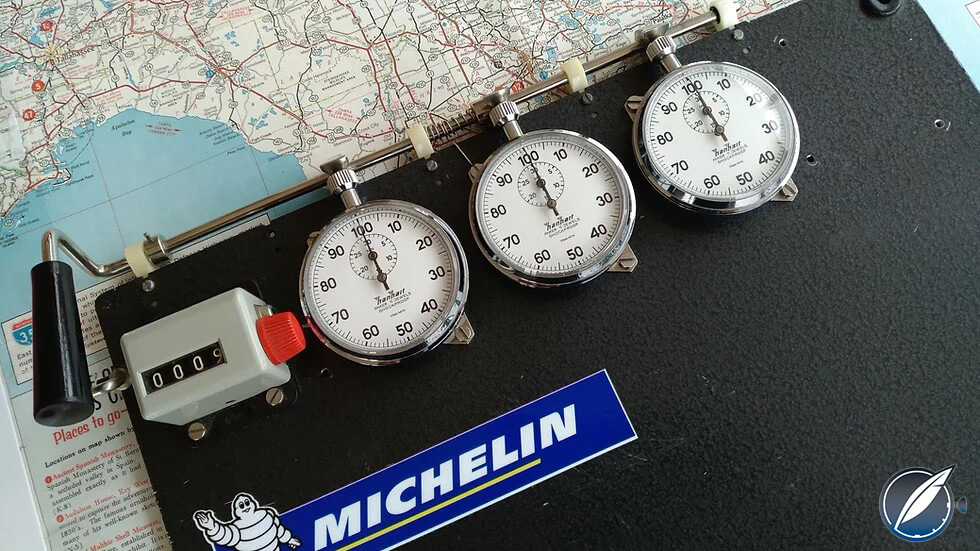
The first Indy 500 took place in 1911, with Ray Harroun coming out of retirement to win the race—pioneering the use of a rearview mirror in the process. He called it quits for good right there in victory lane.
A year later, Gallet, the watch company that traces its roots as well as its namesake back to 1466, released the …
Read the rest of the story

I don't think anyone would (Or could) argue that high-end mechanical timepieces are works of art and extraordinary craftsmanship. But to title this piece "Watches and Motorsport..." and ignore/belittle the nicer smart watches on the market (Primarily Apple) does a disservice to what the title promises. They too are full of clever engineering and equisite use of technology and materials to create a device (Is it really just a watch? No.) that just 10 years or 15 ago would have seemed like magic. Like many things, the fact that it's digital makes it contempatble in many people's eyes. Look what digital technologies have done in motorsport. A revolution in both performance and accessibilty. Seems like you could have dedicated a paragraph to them, even if the companies that make them don't directly sponsor or support motorsports. Or, perhaps, a more accurate headline?
PS - I have a house full of antiques and a huge appreciation for simple, beautiful, mechanical things. But I have the same appreciation for technology where it's truly useful or necessary.
David:
You need more watches!! lol!
David:
You need more watches!! lol!

j_tso
Dork
3/29/23 2:02 p.m.
Didn't watch companies have a more direct connection to racing in the field of timing and scoring?

Even into the digital world, Halda is still at it and makes this fancy watch and lap time transponder set.
In reply to j_tso :
Yes, and we need to do a follow-up piece on historic timing and scoring equipment.
































